A dictatorship is an autocratic form of government characterised by a leader or a group of leaders who wield governmental power with little to no constraints. They are either authoritarian or totalitarian and can be categorised as military dictatorships, one-party dictatorships, personalist dictatorships, or absolute monarchies.
Although both authoritarian and totalitarian governments concentrate power in the hands of a single ruler, totalitarianism has far more control over every facet of life than authoritarianism. Authoritarianism typically allows for some level of social and economic autonomy, whereas totalitarianism seeks to eliminate all independent spheres of influence.
How does a dictatorship work?
Politics in a dictatorship is controlled by the dictator and facilitated by an inner circle of elites that includes advisers, generals, and other high-ranking officials. By influencing and appeasing the inner circle and suppressing any opposition—which could include disloyal members of the dictator’s inner circle, rival political parties, or armed resistance—the dictator keeps power.
The term ‘dictator’ originated in the early Roman Republic to refer to a constitutional office that granted a leader temporary absolute power to deal with an emergency.
History of dictatorship
The office of a dictator once had a very different meaning from how we think of it today. In ancient Rome, a dictator was a temporary position with full authority for a set period of time (usually six months). This was not an inherently negative role; it was a legal and constitutional position. The Roman Senate established it in 510 BC to deal with emergencies such as rebellions. The first officially appointed dictator was Titus Larcius in 501 BC.
Dictators could not be held legally accountable for their actions, had power over all other politicians, and typically held office for no more than six months. Along with changing the constitution and Roman law, they were also prohibited from leaving Italy and from using any public funds other than those provided by the Senate. Dictators usually used to leave office once their tasks were completed, even if their six-month term had not yet expired.
Types of dictatorships
-
Personalist dictatorships are regimes where all power is concentrated in a single individual. The dictator controls key political positions and the treasury, often relying on a close-knit elite made up of friends or family. These dictators may belong to the military or a political party, but they hold ultimate authority over both. Since the end of the Cold War, the prevalence of personalist dictatorships has increased.
-
One-party dictatorships are governments in which a single political party dominates politics and only the party in power is legalised, sometimes along with minor allied parties, and all opposition parties are banned. One-party dictatorships are sometimes more stable than other forms of authoritarian rule, as they are often less susceptible to insurgency and see higher economic growth.
-
In a military dictatorship, power is held by one or more military officers and is usually led by either a single individual (often referred to as a strongman) or a council (known as a junta). These regimes are typically established through coups or other forms of military intervention.
-
Monarchic dictatorships are characterised by a system where the head of state (king, queen, emperor, etc.) inherits their position, often through a line of succession. There are various types of monarchies, and an absolute monarchy, where the monarch holds unlimited power, is a type of dictatorship. There are also other monarchies, like a constitutional monarchy, where the monarch’s power is limited by a constitution or other governing bodies.
Examples from the past
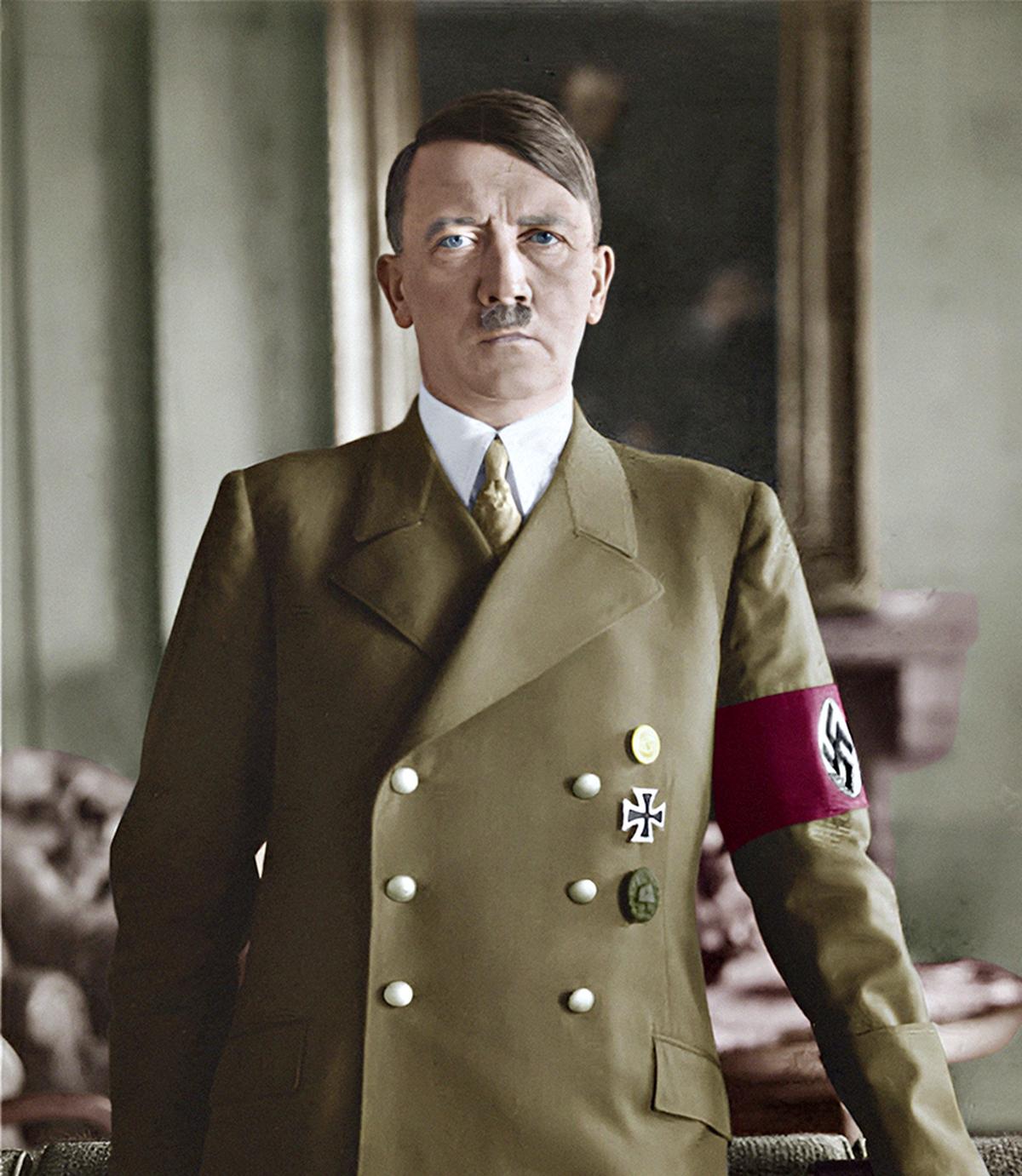
Adolf Hitler was the dictator of Nazi Germany from 1933 to 1945. Born in Austria, he rose to power as the leader of the National Socialist German Workers’ Party (Nazi Party). Hitler led Germany into World War II by invading Poland in 1939. His aggressive expansionism and racist ideology led to immense destruction and the Holocaust (a genocide led by the Nazi party to execute European Jews).
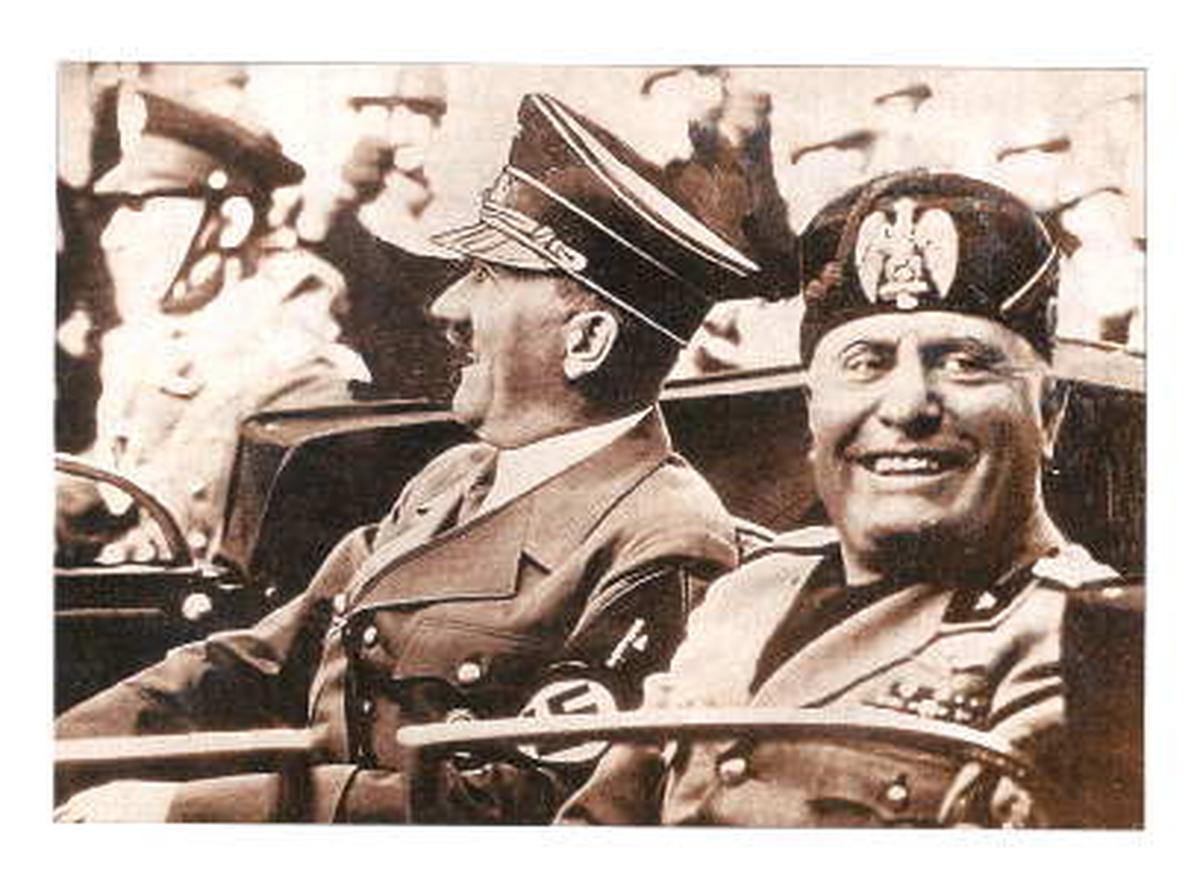
Benito Mussolini and Adolf Hitler riding through the streets of Florence during the latter’s visit to Italy in 1938. In its basic formation, fascist ideology arose as an anti-materialist, anti-rationalist response to Marxism and drew heavily from racialistic theories of the 19th century.
Benito Mussolini was an Italian political leader and the founder of Fascism. He was the Prime Minister of Italy from 1922 until 1943, during which he established a totalitarian regime. Mussolini promoted aggressive nationalism, suppressed opposition, and sought to restore the glory of the Roman Empire. In 1936, he allied with Nazi Germany and later joined World War II on Hitler’s side.
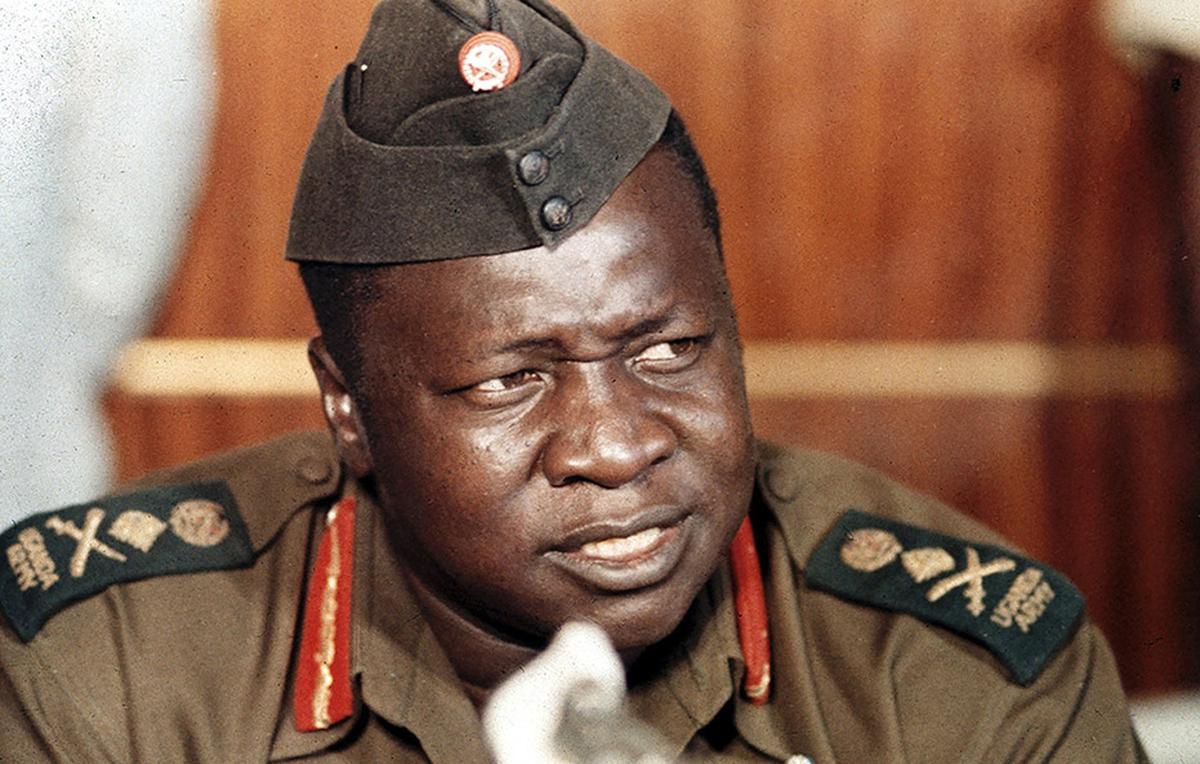
President Idi Amin of Uganda speaks at a news conference during a visit to Damascus, Syria, on Oct. 16, 1973.
| Photo Credit:
AP
Idi Amin Dada Oumee was a Ugandan military officer and politician who served as the third president of Uganda from 1971 until his overthrow in 1979. He ruled as a military dictator and is considered one of the most brutal despots in modern world history. His rule continued until he was removed by armed groups of exiles in 1979.
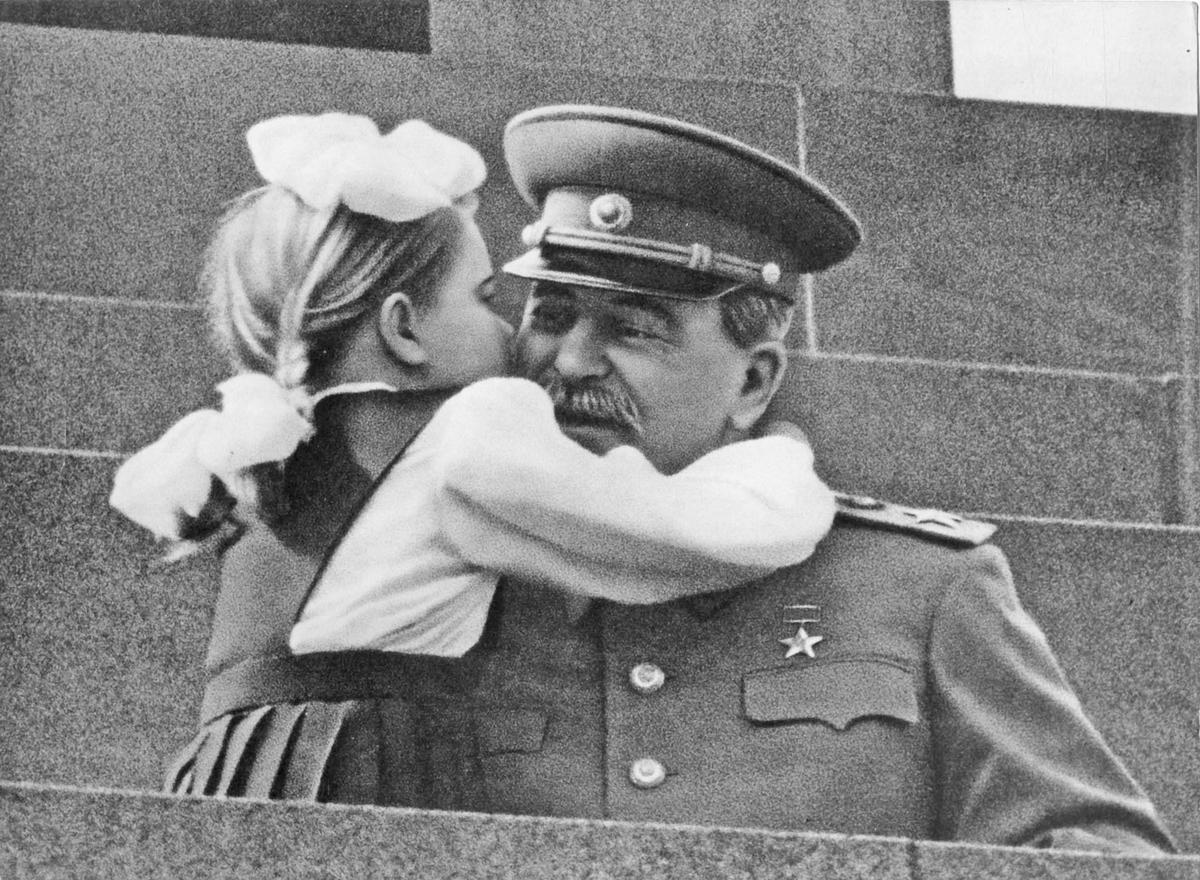
Marshal Joseph Stalin at the 1952 May Day Celebration.
| Photo Credit:
The Hindu
Joseph Vissarionovich Stalin was a Soviet politician, revolutionary, and leader of the Soviet Union from 1924 until his death in 1953. He was the General Secretary of the Communist Party from 1922 to 1952 and the fourth premier of the Soviet Union from 1941. His governance started as part of a collective leadership, but soon he consolidated power to become an absolute dictator by the 1930s.
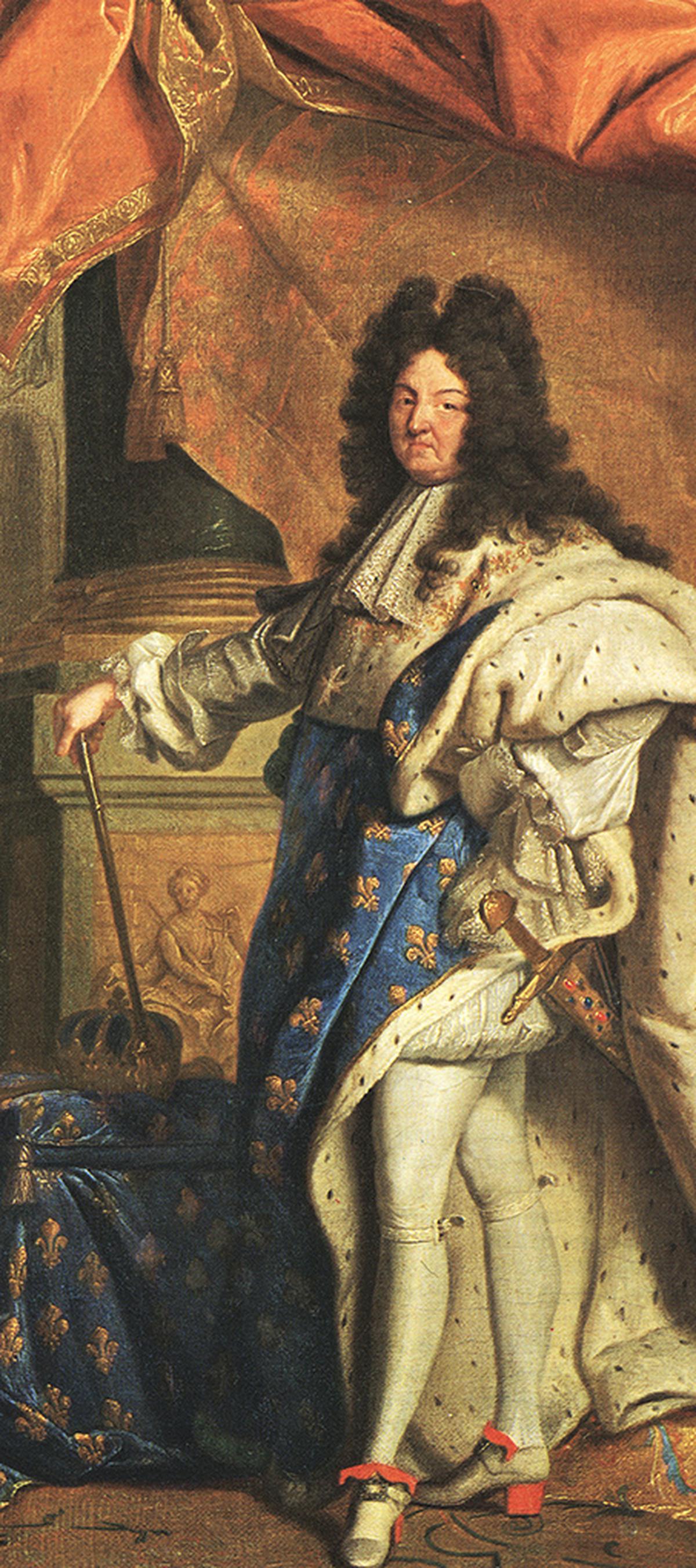
Louis XIV, also known as Louis the Great (Louis le Grand) or the Sun King (le Roi Soleil), was King of France from 1643 until he died in 1715. His reign of 72 years and 110 days is the longest of any monarch in history. His legacy includes many iconic events from history, like the French colonial expansion.
Published – July 24, 2025 04:56 pm IST
